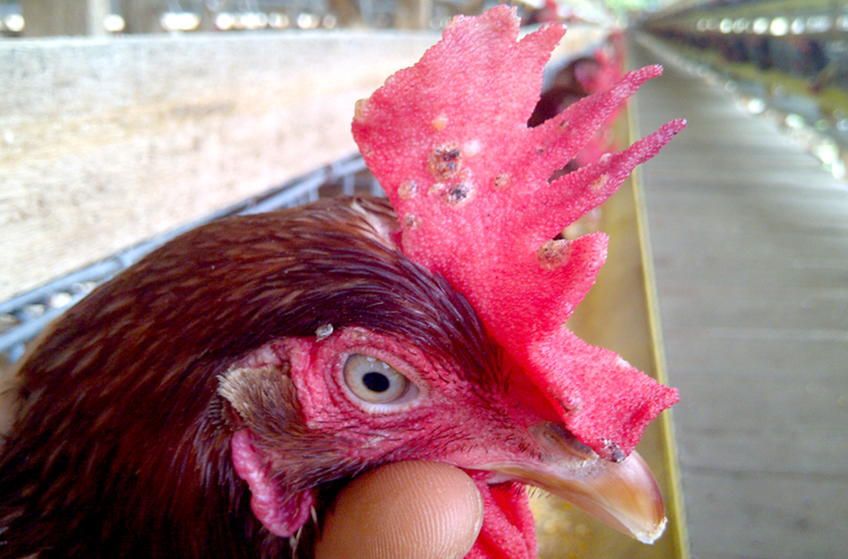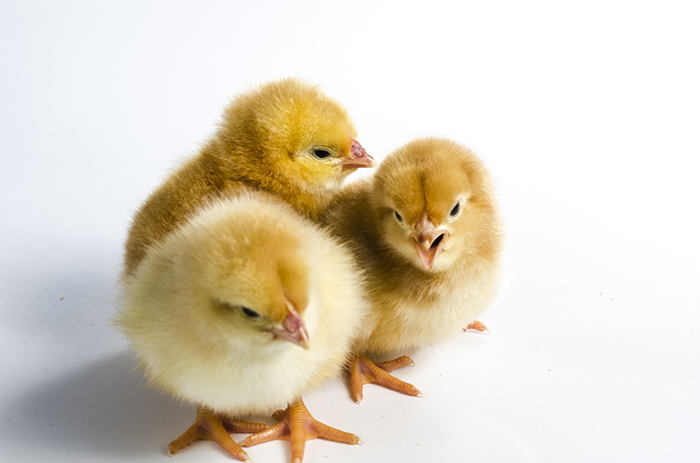

Fowlpox in Chickens
Fowl Pox or poultry pox is a disease in poultry caused by the Avipox virus. Fowl Pox can infect epithelial tissue by nodular lesions appearing on unfeathered skin in the cutaneous form and by appearing in the mucous membranes of the mouth, esophagus, pharynx, larynx, and trachea for the diphtheritic form. Common symptoms include slow growth in young birds, decreased egg production, difficulty breathing, and loss of appetite.
Cutaneous infection is indicated by the appearance of skin that resembles nodules on the legs, beards, wattles, and eyelids. In comparison, diphtheritic infection is indicated by diphtheritic lesions, a yellowish color that appears on the mucous membranes of the mouth, esophagus, and trachea, and respiratory disorders.
Fowl pox can be transmitted through injured skin, feathers, and dry scrub. Mosquitoes, ticks, and flies can also be vectors of this disease.
Prevention of this virus can be done by vaccination at 4-7 weeks old chicks, and revaccination at 8-12 weeks old with Vaksimune POX. Application of the vaccine to poultry is carried out through the wing web and should only be done on flocks that are healthy and in good condition.
You may also like

Innovation in the Poultry Industry: Trends in Reco...
The poultry industry continues to innovate to prov...

Vaksindo Indonesia Business Partners Gathering 202...
From July 16–19, 2025, Vaksindo Indonesia-Internat...

Optimal Poultry Performance from the Start: Proven...
In the modern poultry industry, production success...

Various Methods of Hatchery Vaccination: Mechanism...
Hatchery vaccination is the practice of administer...

Understanding Hatchery Vaccination: An Effective S...
In modern poultry production, efficiency and effec...

Maternal Antibody Formation System in Day-Old Chic...
Maternal antibodies represent a form of passive im...